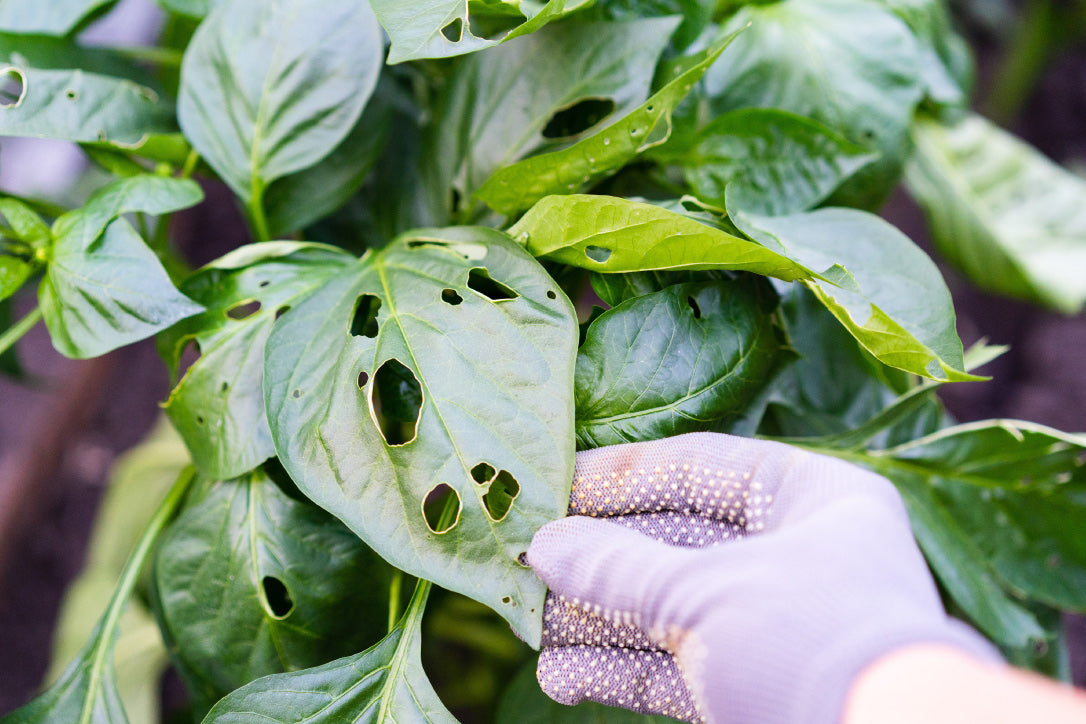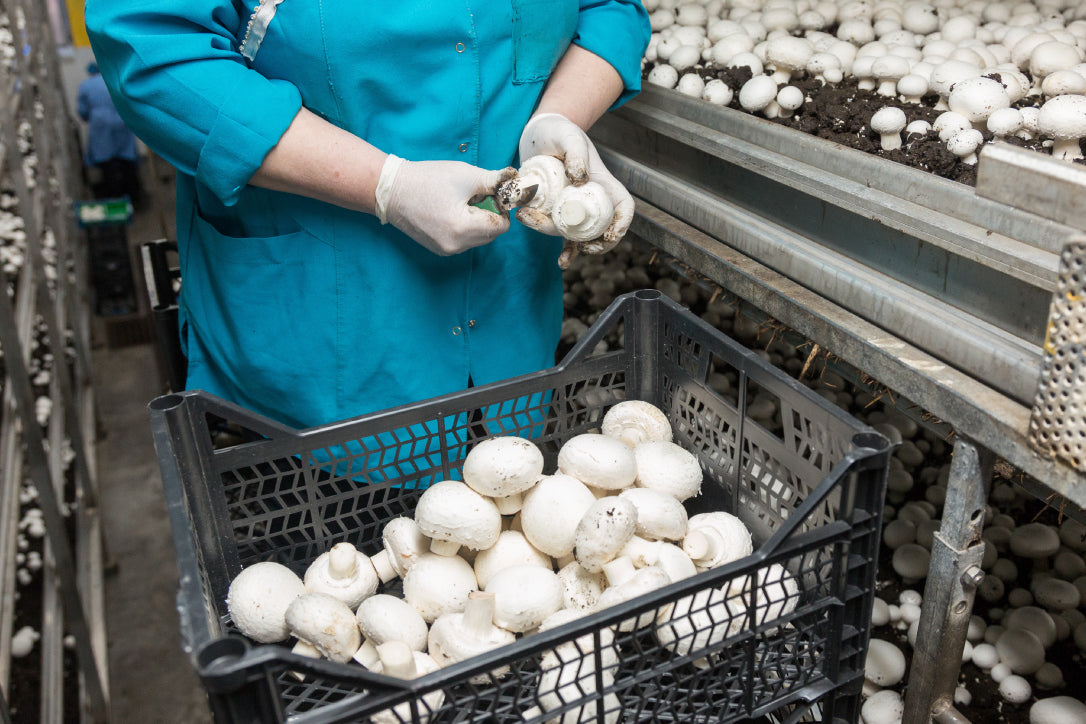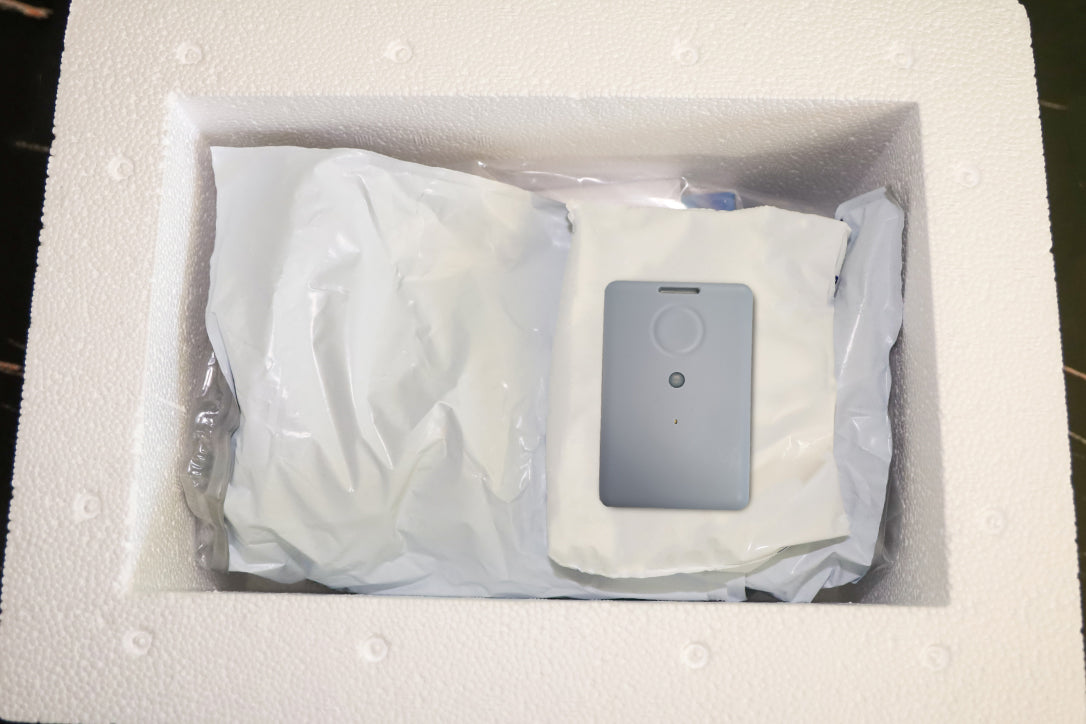Old isn't always gold
Pest control is a critical aspect of modern agriculture, but traditional methods often come with environmental and social consequences. From water and soil contamination to the development of resistance in insects, the challenges are many. However, innovative technologies are emerging to address these issues, offering more sustainable and efficient solutions. As the global population continues to grow, the need for effective and eco-friendly pest control has never been more urgent. This blog explores the technological advancements that are setting new standards in agricultural pest control.
The Problem with Pesticides
Pesticides and insecticides have been essential in preventing infestations, but their extreme use can lead to severe environmental damage. Continuous exposure can cause insects to become resistant, forcing farmers to rely on even heavier pesticides. Alternative methods like genetic seed manipulation are also being used but can be quite expensive for practical application. Moreover, the runoff from pesticide-laden fields can contaminate water sources, affecting both human health and aquatic life. The need for a more sustainable approach is clear.
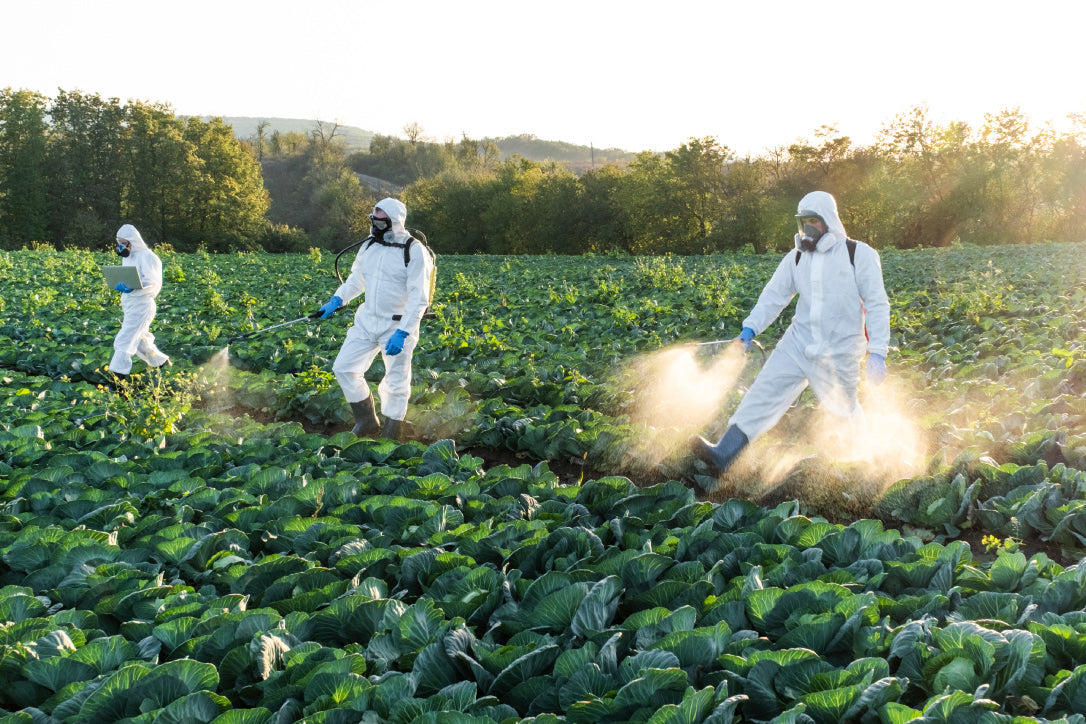
The Rise of Smart Pest Control
The use of sensors and IoT in pest control is revolutionising the way farmers detect and manage infestations. Low-power cameras and sensors offer high scalability and mobility, allowing farmers to detect and locate insect infestations efficiently. High-power thermal sensors and fluorescence image sensing use thermography and chlorophyll measurement to detect insects and their lifecycle stage, although they can be expensive and have scalability issues. These technologies are not just limited to large-scale farming; even small and medium-sized farms can benefit from these advancements, making agriculture more sustainable as a whole.
Real-world Applications
IoT can be implemented in various ways, such as pest monitoring, weather tracking, chemical automation, crop health comparison, and Integrated Pest Management (IPM) automation. One critical aspect often overlooked is the role of weather stations in this ecosystem.
Weather Stations in Modern Pest Management
In today's agriculture, weather conditions don't just influence crop growth—they also play a significant role in the development and spread of pests. This is where Integrated Pest Management (IPM) strategies have historically relied on weather monitoring to make critical decisions. With the advent of the Internet of Things, the role of weather stations has evolved from mere data collection points to proactive components of a holistic pest control system.
Weather stations, now armed with smart technology capabilities, deliver real-time weather data essential for effective pest management. Variables like temperature, humidity, and precipitation patterns can directly influence the lifecycle and behaviour of pests. When integrated into an IPM system, these IoT-enabled weather stations can automate responses when the weather becomes conducive for pest growth. Moreover, the collected data is stored on a platform like Nvirosense to continually enhance the accuracy and efficiency of future pest control strategies.
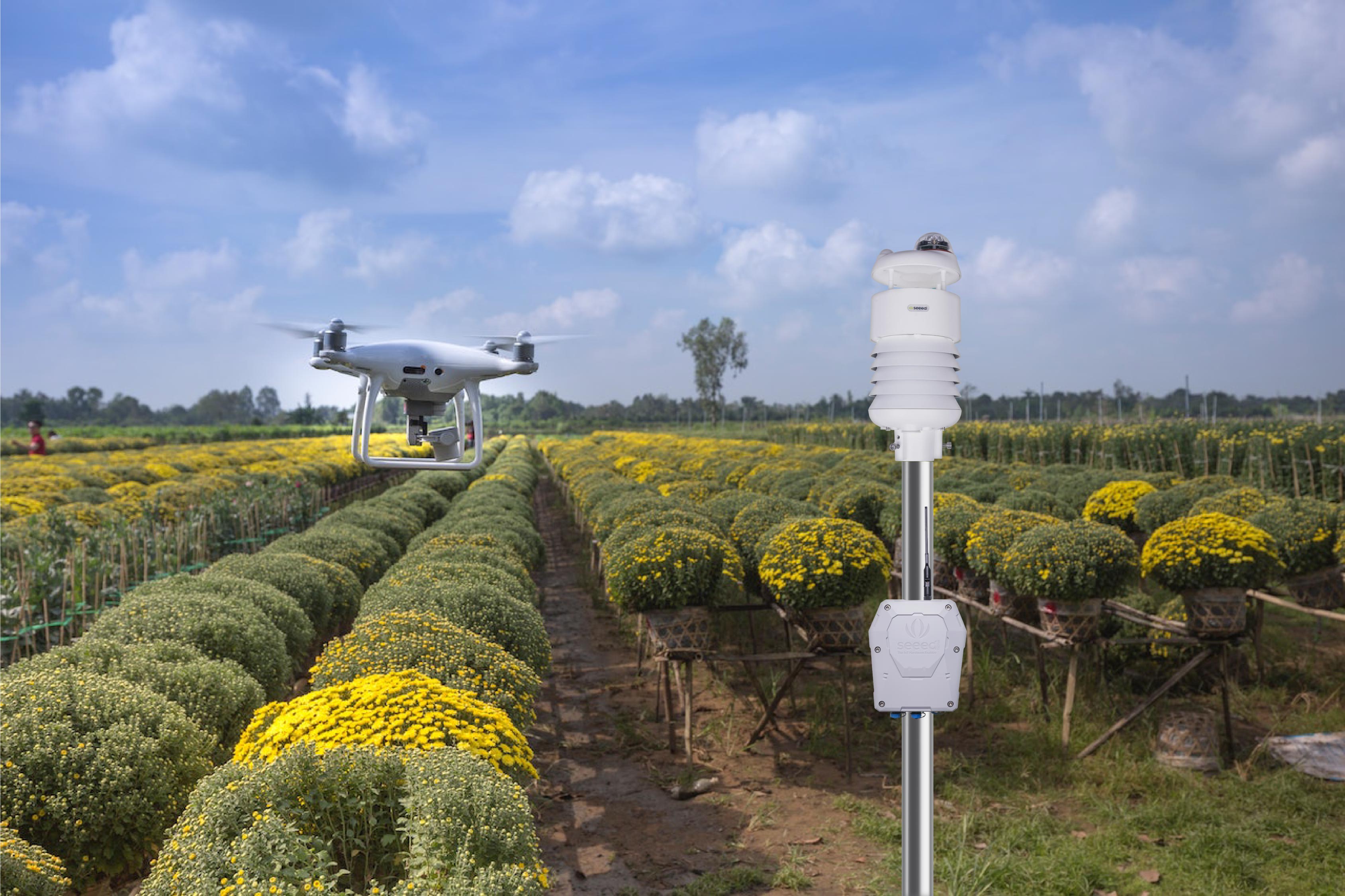
This transformative integration doesn't just solve the issue of pest control; it contributes to a more sustainable and efficient farming ecosystem. By merging the capabilities of weather stations with IoT's versatility in applications like pest monitoring, chemical automation, and crop health comparison, we're not just combating pest problems but also driving agriculture towards a more sustainable and consumer-friendly future.
Drones and Automated applications
Precision agriculture offers a more precise approach to managing pests through site-specific application of pesticides, sensor-based monitoring, data-driven decision-making, and crop rotation and spatial planning. Innovations such as IoT-controlled automated sprayers and Variable Rate Technology (VRT) have bolstered this approach. Automated sprayers are activated only in zones confirmed to have pest activity, while VRT allows different parts of a field to receive varying amounts of pesticide based on the level of infestation.
"Precision agriculture is transforming farming, optimising yields while minimising our environmental footprints."
Drones equipped with sprayers add another dimension by reaching hard-to-reach areas. These technologies seamlessly integrate with existing location systems, enabling farmers to create precise application maps that reduce both waste and environmental impact. The result is a targeted approach that minimises harmful chemical use and maximises yield, benefiting both the environment and the farmers.
Smart technology for greener pest managment
The issue with modern pest control is complex, but integrating technology like sensors and IoT offers promising solutions. By moving away from traditional methods and embracing these innovative approaches, farmers can achieve more sustainable and efficient pest control, ensuring healthier crops and a safer environment. As we look to the future, the integration of technology in agriculture holds the key to solving many of the challenges we face today, from food security to environmental conservation.


